People and the planet are only as healthy as the ecosystems we all depend on. Bringing degraded ecosystems back to life – for example by planting trees, cleaning up riverbanks, or simply giving nature space to recover – increases their benefits to society and biodiversity. Without reviving ecosystems, we cannot achieve the Sustainable Development Goals or the Paris Climate Agreement. But ecosystems are also complex and highly varied, and their restoration needs careful planning and patient implementation.
To encourage the revival of ecosystems everywhere, UNEP has published a practical guide to ecosystem restoration. Released at the start of the UN Decade on Ecosystem Restoration 2021-2030, the Ecosystem Restoration Playbook provides an introduction to the range of actions that can slow and halt the degradation of ecosystems and foster their recovery.
Designed for all interested individuals and stakeholder groups, the guide outlines three pathways to getting involved in ecosystem restoration during the UN Decade and beyond:
- Taking action such as starting or support an on-the-ground restoration project
- Making smart choices like buying only sustainable products and changing diets
- Raising your voice in support of ecosystem conservation and restoration
The 21-page guide describes approaches to restoring eight key types of ecosystem – forests, farmlands, grassland and savannahs, rivers and lakes, oceans and coasts, towns and cities, peatlands, and mountains. It also lays out how all parts of society – from individuals and community groups to businesses and governments – can become part of #GenerationRestoration, a global movement to restore ecosystems everywhere for the good of people and nature.

